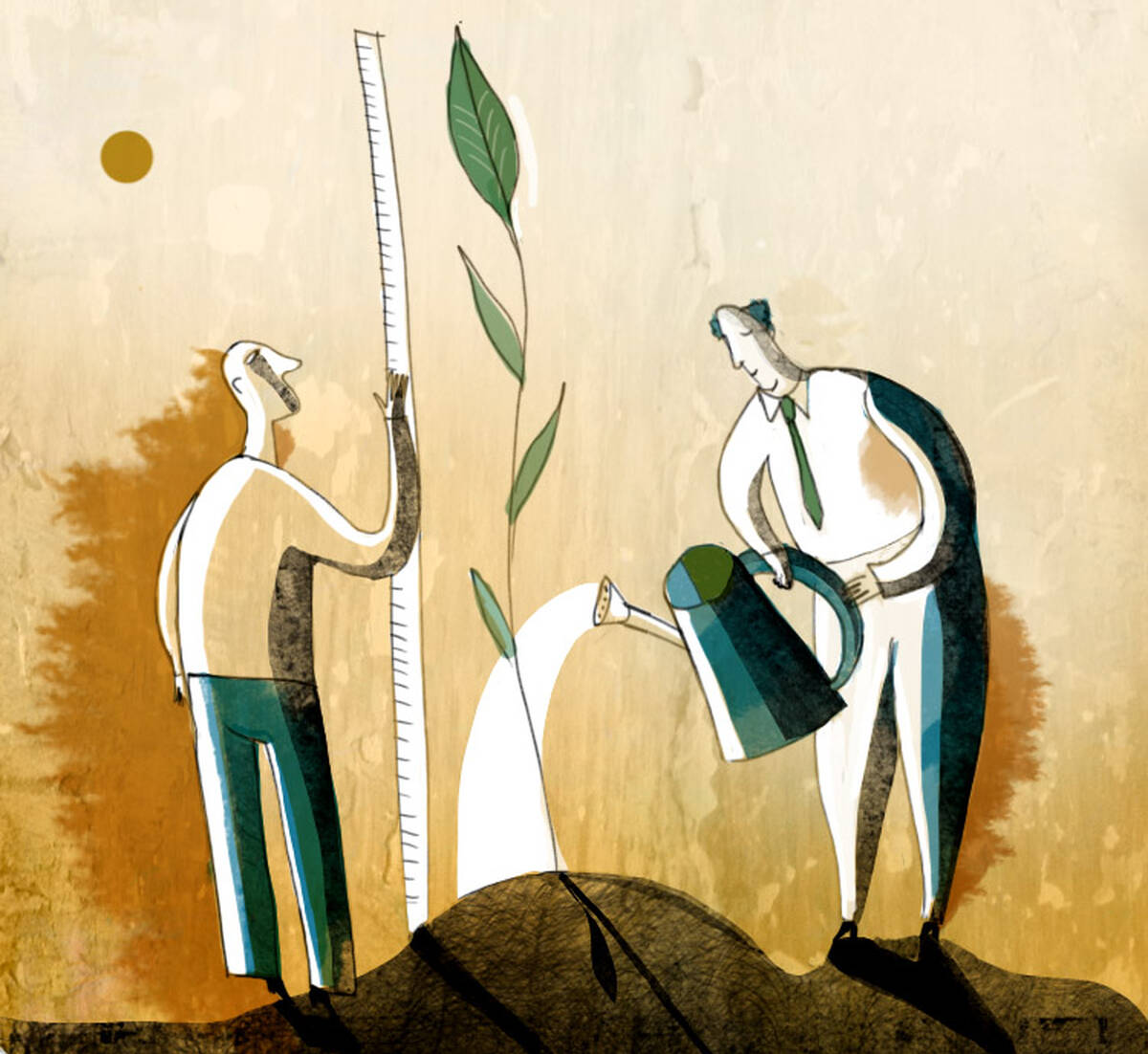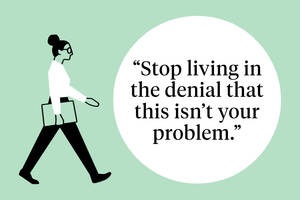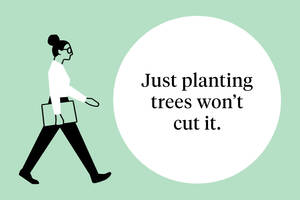But what about the firms themselves? How does doing good affect their bottom line? Here, Kellogg faculty share research and perspectives on how companies can also benefit from engaging in socially responsible activities.
To start with, how do investors react when a company directs its resources toward CSR programs?
The answer has less to do with the CSR initiatives themselves than previously thought, according to research from professor emeritus Thomas Lys and assistant professor James Naughton, both of the accounting information and management department, as well as Clare Wang, who was at Kellogg when the research was conducted and is now at the University of Iowa.
Instead, when a company devotes resources to a CSR program, it sends a signal to investors about the overall health and financial performance of the company. Specifically, companies whose CSR spending exceeds investor expectations experience positive stock returns. The opposite is true if the CSR spending is less than investors had expected, the researchers find.
And this investor response occurs despite the fact that, as the research found, overall, CSR expenditures do not generate a return on investment, so in isolation, they would be expected to reduce shareholder value.
So what is at work? The researchers explain that when investors see a firm withhold or devote resources to CSR initiatives, they infer that its executives are acting on private information about the future earnings and cash flows of the firm. In other words, CSR is what “rich” companies do.
Most research examining the effects of CSR—and in particular, environmentally friendly activities— has focused on company stock price. Operations professor Sunil Chopra chose a different angle. He and a co-author analyzed how eco-activities affect companies’ operating performance—a range of measures that include costs, revenues, margins, and profits.
They used a database of press releases to identify companies in the computer and electronics industry that announced an eco-activity between 2000 and 2011 and that had publically available financial data. Then they paired each company with a control firm that did not initiate eco-friendly practices but was similar across a variety of other factors.
When the researchers analyzed the operating performance of companies for two years prior to the announcement and two years following it, they found that, overall, eco-activities paid off: companies that pursued them performed better than those that did not, and the difference was especially striking in the second year following the announcement.
The biggest long-term benefit went to companies that engaged in activities that were more complex, such as those that followed the directives of a standard-setting organization like LEED or required collaboration with other companies. For example, Hewlett-Packard adopted new technology from Citrix Systems designed to lower the consumption of power and cooling resources in computer servers.
“If you’re just doing something like changing the light bulbs, that’s simple and has an immediate benefit,” Chopra says. “But collaborations often involve other parts of the supply chain. They’re more complex, and they require an initial investment. But they do seem to pay off.”
More and more companies are tying their CEO’s compensation to achieving CSR goals, a tool known as CSR contracting. Kellogg’s Dylan Minor wondered how effective such contracts really are—at benefiting society, as well as the firm.
So Minor and coauthors built a database of companies in the Standard & Poor’s 500 Index that use CSR contracting.
The pace of growth in CSR contracting was remarkable. As of 2013, “almost 40 percent of public companies were currently contracting in some form,” says Minor, an assistant professor of managerial economics and decision sciences. “Going back ten years, it was only 12 percent.”
The researchers then used three measures from outside organizations to assess each company’s actual behavior. They found that on all three measures—toxic chemical emissions, the number of eco-friendly patents filed, and an overall rating of social responsibility—companies improved when they used CSR contracting.
Perhaps more striking: these improvements did not come at the expense of a company’s bottom line. In fact, the research found that CSR contracting led a firm’s value to increase by three percent over the next year.
How far do the effects of CSR reach? Can it impact the way customers perceive not just a company, but a company’s products?
That was the focus of research from marketing professor Alexander Chernev. He and a coauthor found that knowing that a company has behaved ethically can cause customers to perceive that company’s products as performing better. They call this effect a “benevolent halo.”
“This is a different story than just saying, ‘People like the company more,’” Chernev says. “The increase in positive perception is not based on advertising. Consumers actually experience the product in a different way.”
The researchers devised a series of experiments in which consumers were able to sample a product—such as tasting wine or inspecting the results of a teeth whitener—and evaluate its performance. Some participants were presented with written descriptions of the company’s socially responsible behavior: for instance, that the company behind the teeth whitener had made sizable donations to UNICEF, or that the winery donated part of each sale to the American Heart Association.
Importantly, the charitable giving was entirely unrelated to the company’s core business. Nonetheless, participants who were told about the giving consistently rated product performance higher than those who did not learn of any giving.
Yet, not all corporate giving is rewarded with a benevolent halo, the researchers found.
For one, customers need to have some uncertainty about a product’s performance—otherwise there is no need to infer information about the product based on the company’s social responsibility. In the wine-drinking experiment, participants who considered themselves to be inexperienced wine drinkers were more affected by the charitable donations than those who had more self-reported expertise.
Moreover, consumers must believe the company’s motives to be authentically benevolent, rather than merely self-interested. And the halo effect is strongest for customers who believe that corporations have an obligation to act charitably.
How has CSR changed over the years? A conversation last year between Shannon Schuyler, the chief corporate responsibility and purpose officer at PricewaterhouseCoopers, and Megan Kashner, Kellogg’s director of social impact, addresses this question.
For example, according to Kashner, entire industries are coming together around issues they think are important to society and to their business.
Companies, Schuyler explains, “say, ‘I don’t care if we go head-to-head on the shelves. If we do this together, we help our industry more than if we went it alone.’” She points to issues like banding together to oppose North Carolina’s controversial “bathroom bill.” “Leaders are talking with their colleagues on a daily basis because they don’t want to get things wrong or appear out of step.”
Another trend, says Schuyler, who is also an adjunct lecturer of social impact: “Today, if you’re inconsistent, you’re toast. You’ve got to stand for something, and you have to make sure that your behaviors and your values guide you through the decision-making process.”




